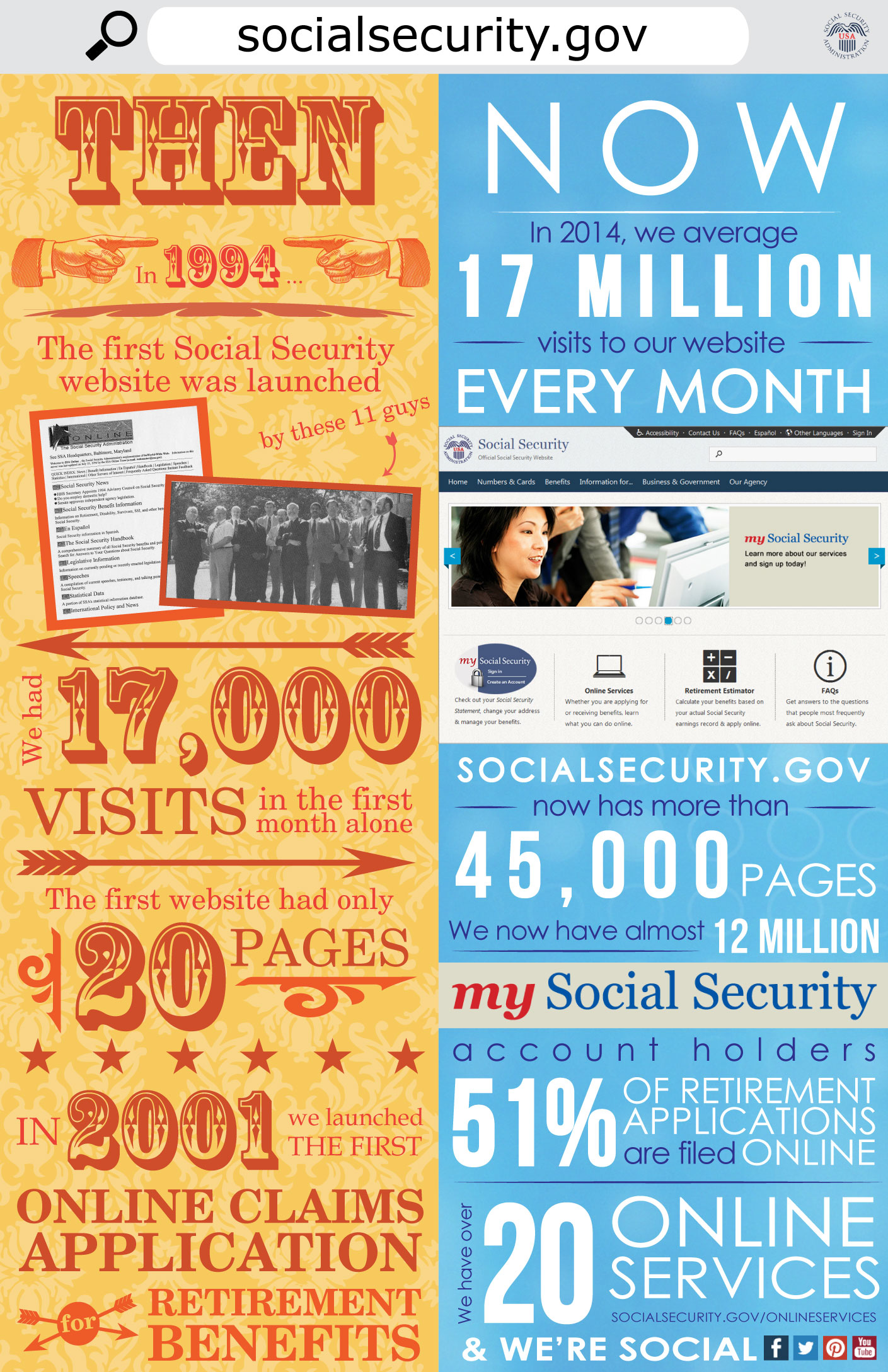Social Security has asked the Office of Management and Budget (OMB) to approve proposed regulations that would allow Administrative Appeals Judges (AAJs) to hold hearings. The AAJs currently handle cases at the Appeals Council. When you combine this with the recent proposal that video hearings could be forced upon claimants you get an idea of what Social Security has in mind -- the end of Administrative Law Judge hearings. There would be some huge building housing AAJs working away in cubicles holding only video hearings. The AAJs would be subject to intensive review to make sure they tow the party line. Even though Social Security's centralized operations are the most troublesome parts of the agency in my opinion, Social Security management loves centralization. Few people in upper Social Security management have worked in the field. They just distrust field operations. They like putting their eggs in big baskets.
Really, does anyone think that the centralized payment centers, the teleservice centers and the Appeals Council are the most efficient parts of Social Security?


